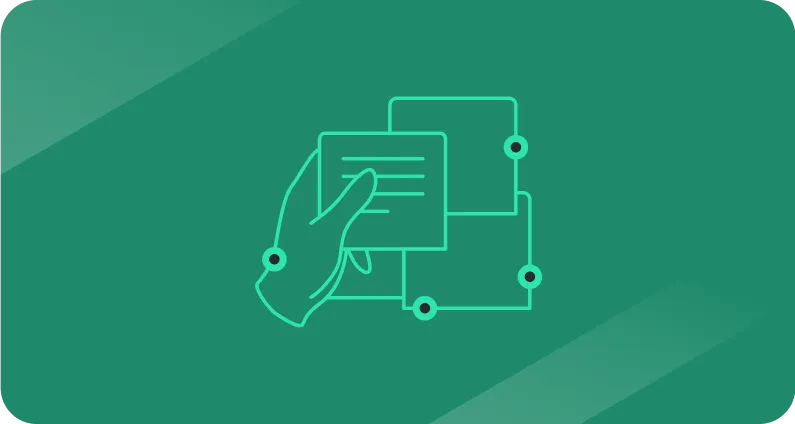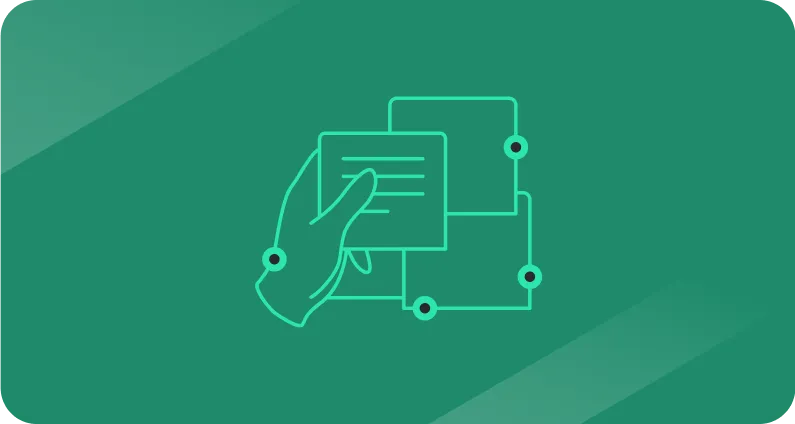Using Salesforce AND HubSpot? You need a dedicated integration user

When you connect Salesforce to another system, like HubSpot, you might expect better data and less swivel-chair work for your team.
Of course, that is possible, but only if the setup is rock-solid.
If you use your Salesforce admin’s login for every connection, you’ll quickly run into confusion, security risks, and broken syncs.
That’s exactly why you need a dedicated Integration User.
Make sure to bookmark our Salesforce-HubSpot integration guide before you read on.
What is a Salesforce integration user
Every person in Salesforce has a User Profile.
That profile determines what they can see, what they can edit, and how their activity shows up in the system.
An Integration User is a special profile set aside for connecting Salesforce to another platform. When HubSpot logs an activity, it’s the Integration User that Salesforce shows as the actor.
Without one, Salesforce has no way to tell whether a change came from a human user or from an external system.
Why you need a dedicated integration user
It’s tempting to use your system administrator’s login as the Integration User. After all, they already have the permissions. But doing so ties human and system activity together in a way that can easily escalate into long-term issues.
#1 Password resets. When a user changes their password, the integration tied to that login breaks until it’s manually updated.
#2 Turnover. If the employee leaves, you’re stuck reassigning integrations and ownership on every record they touched.
#3 Access management. Tying integrations to a human profile makes it impossible to set distinct permissions for the integration itself.
#4 Field history tracking. Without a separate Integration User, you can’t easily see whether a change was made by a person or an external system.
Benefits of a dedicated integration user
With a dedicated Integration User, you get cleaner, more reliable operations.
Why?
Because reporting becomes straightforward: you can track exactly which updates came from an integration.
Security improves, too, since you’re not over-permissioning a human user just to keep an integration alive.
And your system stays stable, because the Integration User’s password can be set to never expire.
Instead of chasing down who changed what, you’ll know instantly whether a record came from HubSpot, Intercom, or Zendesk (for example).
Integration user best practices
If you’re setting up a Salesforce Integration User for the first time, keep these principles in mind:
- Set minimal permissions. Only give the Integration User access to what the connected app actually needs. Test by logging in as the Integration User and checking visibility.
- Remove password expiration. Use a custom permission set to ensure the password never expires.
- Store credentials securely. Even with non-expiring passwords, keep login details in an encrypted password manager. Redundancy matters.
- Use one per integration. Don’t tie multiple systems to the same Integration User. Isolating them makes troubleshooting and auditing far easier.
Take the next step
Struggling to keep Salesforce and HubSpot aligned, or tired of untangling who updated what?
At RevBlack, we work with mid-market companies running Salesforce alongside HubSpot and other go-to-market tools. We design integrations that are secure, maintainable, and transparent in reporting.
👉 Want a Salesforce–HubSpot setup that scales without breaking? Drop us a line.
For Salesforce’s own guidance on the concept, see Salesforce’s documentation on integration user profiles.









